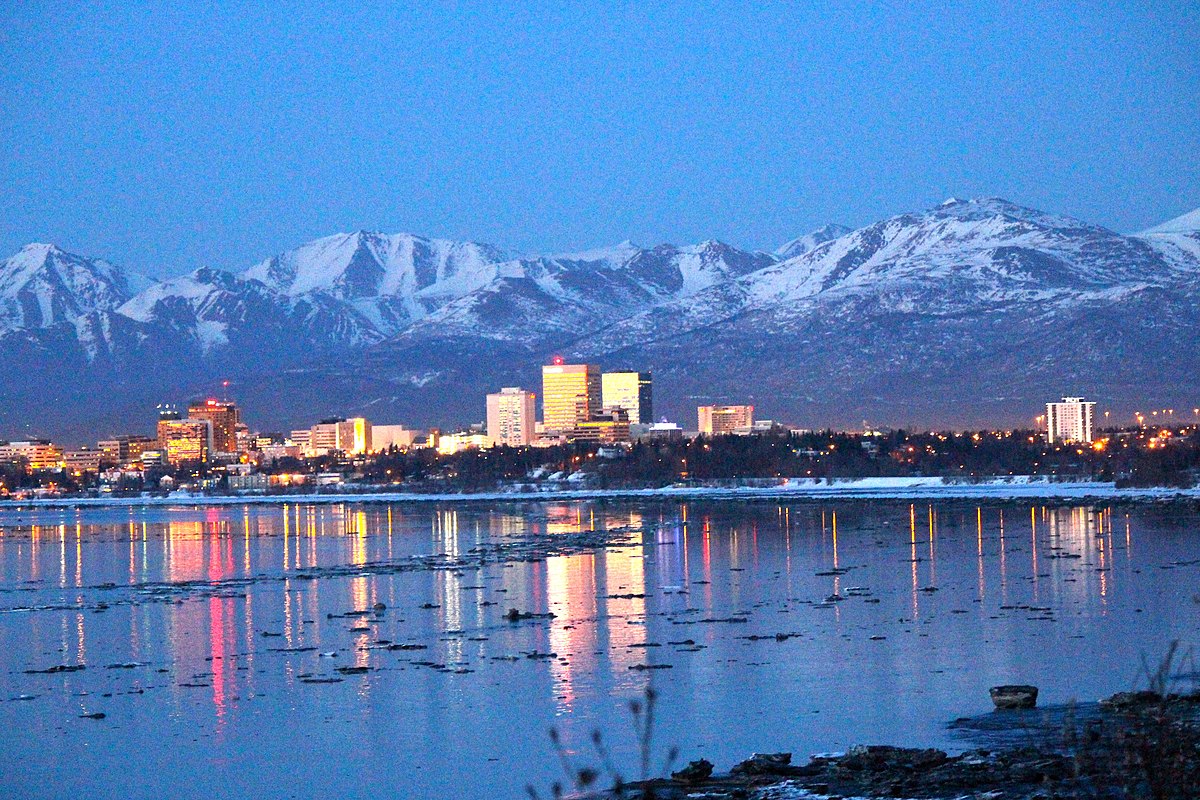Elections for all 40 seats in the Alaska House of Representatives are taking place on Nov. 5, 2024. Ballotpedia identified elections in 15 districts as battleground elections.
Members of the Alaska House have formed multipartisan majority coalitions including both Democrats and Republicans after every election since 2016. Although Republicans won a majority of seats in all four election years, the coalitions that formed after the 2016, 2018, and 2020 elections all included Democratic majorities, while the coalition that formed after the 2022 election included a Republican majority. The current majority coalition includes 20 Republicans, two Democrats, and one independent.
All four majority coalitions have included the members of the Bush Caucus, a group of Democratic and independent legislators representing four rural districts in Alaska's north (Districts 37, 38, 39, and 40). According to the Alaska Beacon, the Bush Caucus has influenced Alaska politics for more than five decades because its members "have frequently put regional interests above those of party loyalty, and their willingness to cross the partisan aisle has frequently given them outsized power in the Capitol." The minority coalition includes the remaining Democrats and independents as well as Louise Stutes (R). David Eastman (R) does not caucus with either group.
Local political observers say a multipartisan coalition including the Bush Caucus in the majority is a possible outcome of the 2024 election. According to the Alaska Beacon, before the 2016 elections, "it was common for the Bush Caucus to join Republicans in the majority, the better to advocate for rural priorities." According to the Beacon, "neither Republicans nor Democrats are in position to hold [23] seats, meaning that control of the House could come down to post-election negotiations."
The general election will make use of ranked-choice voting, a system where voters rank the candidates on their ballot by preference order rather than being required to vote for a single candidate. Under ranked-choice voting, voters are permitted to vote for a single candidate or to rank fewer than four choices. The primaries used a top-four system where all candidates running for a given office appeared on the same ballot and the top four finishers advanced to the general election. Alaska voters approved both systems via a ballot measure in 2020. Another measure repealing the changes and returning to partisan primaries and single-vote general elections is on the 2024 ballot.
Ballotpedia identified 15 of the 40 House districts as battlegrounds. Members of the Republican-led majority represent 10 battleground districts, while members of the Democratic-led minority represent the other five. The 15 battleground districts include four where the incumbent placed second or third in the top-four primary and five where one or more challengers raised more money than the incumbent.
The Alaska House elections have the potential to determine the state's trifecta status. Ten of the 20 state Senate seats are also up for election. Gov. Mike Dunleavy (R) is not up for re-election. If Republicans win control of both chambers, they will gain a trifecta. Otherwise, Alaska will retain a divided government. There are currently 23 states with Republican trifectas, 17 states with Democratic trifectas, and 10 states with divided government.
The Alaska House of Representatives is one of 85 state legislative chambers with elections in 2024. There are 99 chambers throughout the country.


